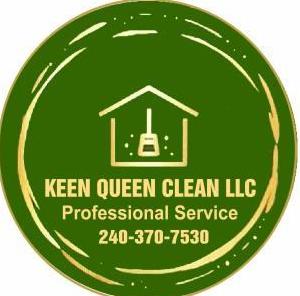Proper cleaning and disinfection processes are necessary to keep facilities safe for workers and customers. From food processing plants to office buildings to hospitals and operating rooms—extensive care must be taken to ensure complete disinfection for the safety of patients, employees, and other individuals within commercial properties.
While the importance of disinfection is clear, the rise of dangerous pathogens, such as SARS-CoV-2 the virus that causes COVID-19, has amplified the need to practice the most effective methods to keep people safe. What is this most effective process to clean and disinfect facilities, hospitals, and other workspaces? Automation is often preferred by businesses due to how it streamlines the cleaning process, but manual cleaning and disinfection is the favored method for companies who value cleanliness, safety, and thorough elimination of pathogens.
Benefits of Manual Cleaning and Disinfection
Manual cleaning and disinfection processes provide workspaces advantages that other types of cleaning do not. Some of these benefits include:
- Removing dirt, dust, and other soil to effectively disinfect the surfaces underneath. There’s a big reason washing your hands is preferred to using hand sanitizer: friction. The same applies to surfaces. Cleaning through a contactless process does not remove the soil that harbors dangerous pathogens. Friction from manual cleaning physically removes troublesome soils on surfaces, allowing for proper disinfectant application and effectiveness.
- Thorough disinfection of sensitive machinery or instruments. Machinery or sensitive instruments may have unique designs that make proper disinfection difficult. Manually applying disinfectant allows for proper care and attention to surfaces that may contain crevices or hard-to-reach areas that would otherwise be neglected by alternative methods.
- Time and attention to areas that may be overlooked. Due to large spaces that are often found in commercial properties, some cleaning teams may use methods that cover a wider area to save on time. In the long run, though, you’ll find that you’re spending more time cleaning and risk a potential outbreak. Manual cleaning and disinfection allow for care and attention to be applied for each surface.
The advantages of manual cleaning and disinfection are clear, but there are some drawbacks worth mentioning. Potential cross-contamination may happen during the cleaning process, most notably if cleaning staff are not fully trained on the correct procedures for supplies, tools, and equipment and how to safely condition them for use from one room to another. In a hospital setting, pathogens can continue to survive if not properly disinfected, causing a host of issues and potentially cross-contaminating different rooms and affecting patients. This is a greater problem for medical facilities who manage patients at higher risk for infection, including COVID-19.
